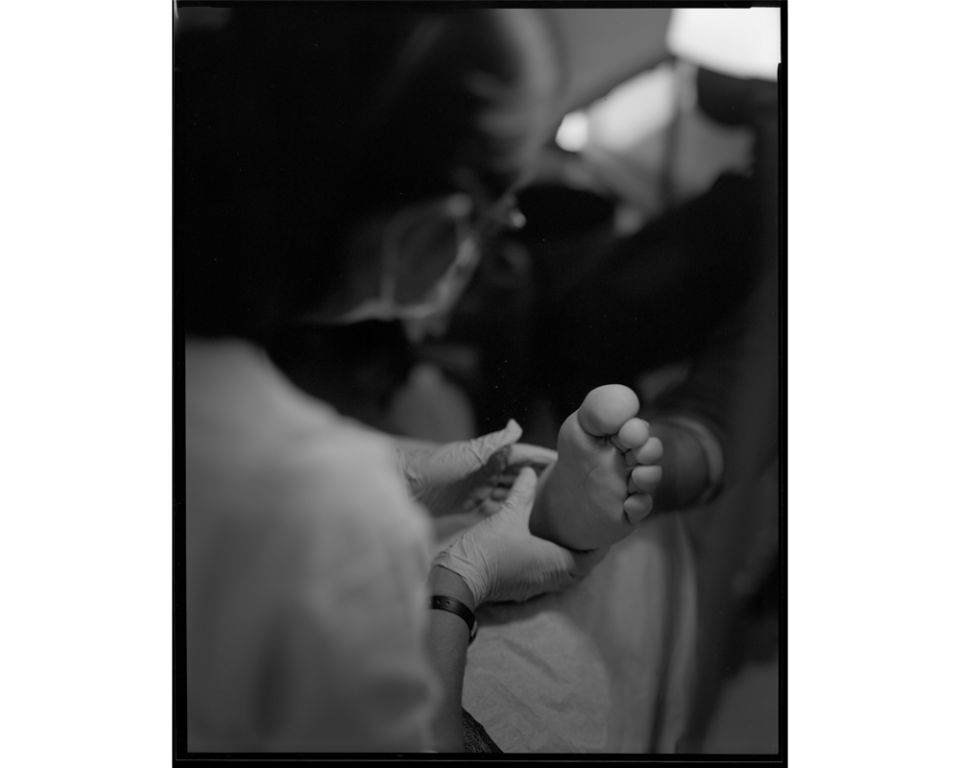 ~ by Cindy Wooden, Catholic News Service
~ by Cindy Wooden, Catholic News Service
VATICAN CITY (CNS) – The refusal to help desperate migrants “is revolting, it’s sinful, it’s criminal,” Pope Francis said as he canonized a bishop dedicated to assisting migrants.
“The exclusion of migrants is criminal. It makes them die in front of us,” the Pope said on October 9th referring to the deaths of migrants and refugees crossing dangerous seas in search of freedom and a dignified life.
At the beginning of the liturgy in St. Peter’s Square, Pope Francis formally recognized the holiness of St. Giovanni Battista Scalabrini, an Italian who founded the Missionaries of St. Charles Borromeo to care for migrants and St. Artemide Zatti, an Italian immigrant in Argentina who became a Salesian brother, pharmacist and nurse.
The prayers at the Mass included one for “those forced to leave their homeland,” and asking God to teach people to share “his welcoming gaze toward all people” and “heal the throwaway culture of indifference.”
“With great vision,” the Pope said, St. Scalabrini “looked forward to a world and a church without barriers, where no one was a foreigner.” To read the entire account, please click here
Historical footnote
It was at the time of her first trip to Rome that Mother Cabrini met Bishop Scalabrini. It is said that Bishop Scalabrini was the man who was the single most important individual responsible for Mother Cabrini’s decision to go to America.
On January 23, 1889, Bishop Scalabrini wrote to Archbishop Corrigan of New York: “The Sisters destined for New York will be the Missionary Sisters of the Sacred Heart, a new community, but stable and well-experienced.” Actually, Mother Cabrini did not finally determine with Bishop Scalabrini an exact departure date for New York until February 1889.
The Sisters arrived in New York harbor on March 31, 1889. Wrote Mother Cabrini’s companion, Sr. Umilia,“Finally, we saw the beautiful Statue of Liberty. Oh, how happy Mother Cabrini was. I could read the joy on her face. She called us together to sing the ‘Ave Maris Stella.”
~ excerpts from Mother Cabrini – Italian Immigrant of the Century, by Sr. M.L. Sullivan, MSC, PhD

 ~ by Claire Giangrave, The Washington Post
~ by Claire Giangrave, The Washington Post ~ by Rhina Guidos, Catholic News Service
~ by Rhina Guidos, Catholic News Service For nearly a half century, the Catholic Church in the United States has celebrated National Migration Week, which is an opportunity for the Church to reflect on the circumstances confronting migrants, including immigrants, refugees, children, and victims and survivors of human trafficking.
For nearly a half century, the Catholic Church in the United States has celebrated National Migration Week, which is an opportunity for the Church to reflect on the circumstances confronting migrants, including immigrants, refugees, children, and victims and survivors of human trafficking. ~ by Rhina Guidos, Catholic News Service
~ by Rhina Guidos, Catholic News Service

 ~ by Pauline Hovey, National Catholic Reporter
~ by Pauline Hovey, National Catholic Reporter ~ by Peter Tran and Lisa Elmaleh, Global Sisters Report
~ by Peter Tran and Lisa Elmaleh, Global Sisters Report Sr. Hernandez sets up a makeshift clinic. One man hobbles over to take a seat, presenting his wounded foot to Hernandez. She washes the blisters, applies medication and wraps it with gauze pad. Another migrant takes his turn and then another.
Sr. Hernandez sets up a makeshift clinic. One man hobbles over to take a seat, presenting his wounded foot to Hernandez. She washes the blisters, applies medication and wraps it with gauze pad. Another migrant takes his turn and then another. After months of deliberation, we have decided to relocate our office to another part of the city to continue the mission of bringing God’s love to vulnerable communities. On May 2nd, our office will officially open at the St. Frances Cabrini Shrine in Washington Heights (701 Fort Washington Ave, New York, NY 10040). Our Food Pantry will also be located nearby at the Church of the Good Shepherd (608 Isham Street, New York, NY 10034). We will be forever grateful to the Lower East Side/Chinatown community for welcoming us and allowing us to be of service. We will not forget the gestures, both big and small, that made us feel welcomed and at home in this neighborhood.
After months of deliberation, we have decided to relocate our office to another part of the city to continue the mission of bringing God’s love to vulnerable communities. On May 2nd, our office will officially open at the St. Frances Cabrini Shrine in Washington Heights (701 Fort Washington Ave, New York, NY 10040). Our Food Pantry will also be located nearby at the Church of the Good Shepherd (608 Isham Street, New York, NY 10034). We will be forever grateful to the Lower East Side/Chinatown community for welcoming us and allowing us to be of service. We will not forget the gestures, both big and small, that made us feel welcomed and at home in this neighborhood.